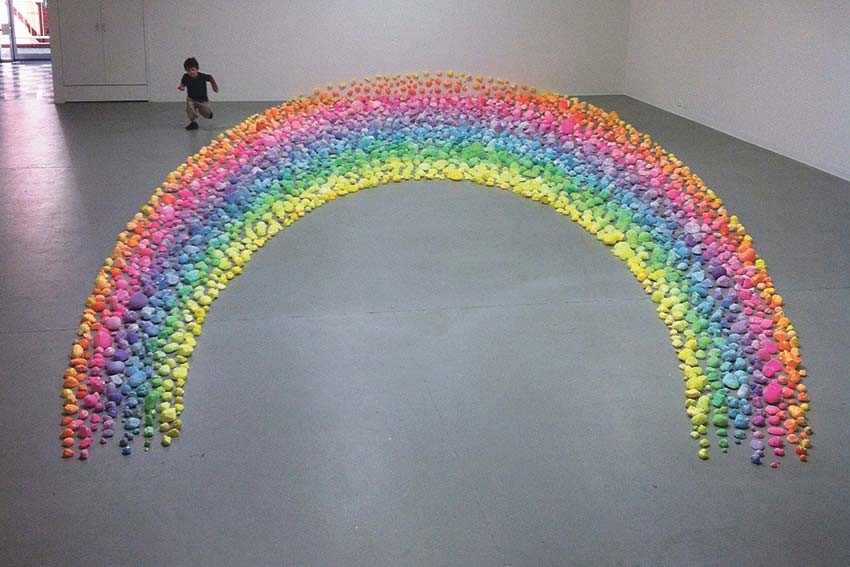Profile: Aurelia Carbone

2015 SALA Festival artist–in–residence, Aurelia Carbone will produce a body of work that interacts with the architecture of the Adelaide Festival Centre.
The work of the photographic and installation artist will be presented later this year during SALA (August 1 to August 31) at the Festival Centre. “ The Adelaide Festival Centre lends itself to my project really well, so I would like to take full advantage of it,” Carbone says. At this stage, Carbone is unsure what she will produce – she has a lot of big ideas that will need to be whittled down – but the audience can be guaranteed it’s something they can interact with. Through her work, Carbone is exploring how our responses to photography have changed over the last 50 years. “Photographs used to be evidence, they used to be the truth… Now if you see a photograph that doesn’t look like it should, you immediately think it’s been Photoshopped or [that] she doesn’t really look like that, or that never happened,” she says. In previous works such as I saw a dream like this, which was exhibited at the Australian Experimental Art Foundation, and Instant Perspective Machine, which was shown in the project space at the Contemporary Art Centre of South Australia, Carbone creates illusions that only become evident through the magic of photography. I saw a dream like this was a series of rocks placed on the floor representing a rainbow but when a Polaroid camera (hidden in a pink cloud) took the audience’s picture, the rainbow appeared to be going over their heads. The work explored ideas around the ownership of artworks and blurred the line between audience and artist, with the audience taking home the photograph of themselves. “It’s not serious, there is no money transaction, no precious objects, it’s just you and me and even if I’m not there we can collaborate on something and then I don’t own the artwork, you own the photograph not me,” she explains. “I just created something for you to enjoy and play with.” In Instant Perspective Machine, Carbone invited the audience to walk up a series of steps and when they got to the top step their photograph was taken. The photograph was of the audience member inside a big swirly vortex. “I deliberately made it so that it was difficult for people to look glamorous walking up these stairs – they were awkward shots of everybody. Some people got really into it.” Carbone’s works draw on ideas of illusion and magic. “The whole process of wet photography is pretty magical. I still work in the wet process because I like the magic,” she explains. “ There is the alchemical magical side of photography and then there is the other suspension and disbelief side.” By working with Polaroids, Carbone is able to give people an instant image, removing the idea of it being manipulated. Because it is instant there is no stop between the camera and the print. Carbone likes the idea of people taking home part of the artwork and that the artist and the audience are making the work together. “If I can create things that people really engage with, that becomes part of their personal history, and then in a longer amount of time, it becomes part of the history of the area. It’s a way of creating a sense of ownership and I think a lot of people are missing that in the places where they live.” aureliacarbone.com